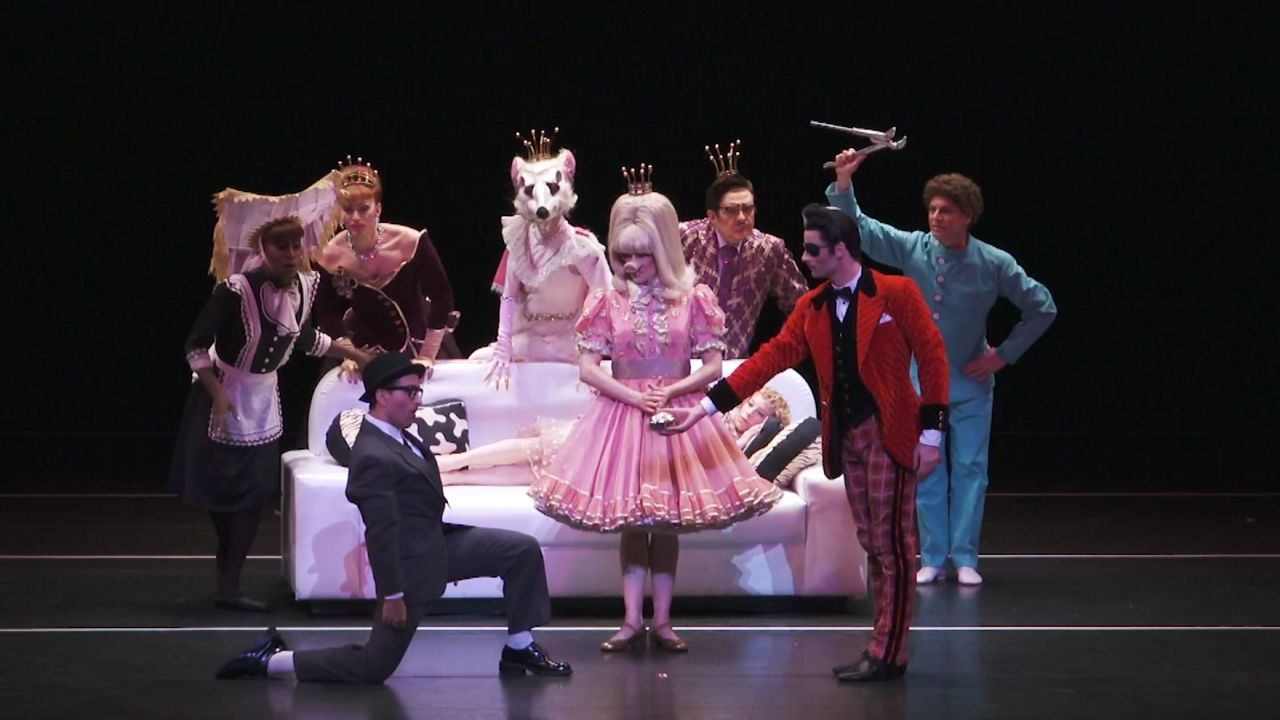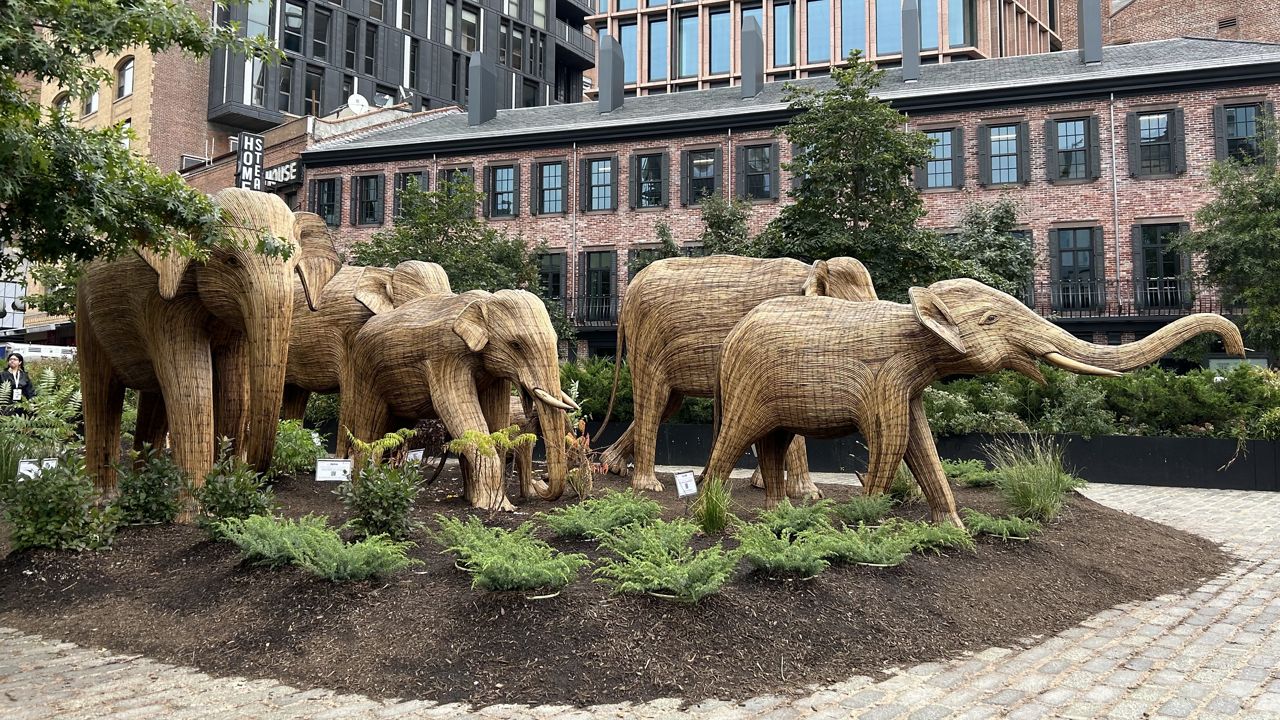It’s called the WasteShark, and its job is to get rid of floatable debris on the Hudson River. It’s a remote-controlled robot that is a new tool for fighting plastic pollution in Hudson River Park.
“The controls allow us to really drive around in the water and get the hot spots of floating trash and other debris, plastic foam, even wood. We get a lot of organic debris as well,” said Siddhartha Hayes, manager of research and aquaria for Hudson River Park’s River Project.
The WasteShark has a cage that will collect any large debris. When it moves in reverse, the cage closes to make sure things don’t fall out.
It has a range of about a third of a mile, and will be used during public cleanups and when staffers spot any debris hot spots, caused by sewage overflow after heavy rains.
“We are still kind of learning the rocks, how to get the WasteShark out there. So now we can really be adaptable, and when there is a lot of debris, bring it out into the river and do a quick cleanup,” said Tina Walsh, assistant vice president of education and outreach.
The WasteShark weighs just under 150 pounds empty, so it needs about three or four staff members to bring it in and out of the water.
Its design is based on the whale shark, which is the planet’s largest known fish and a filter feeding shark.
Filter feeders open their mouths in the water, water flows through, and anything larger gets caught in the gills.









